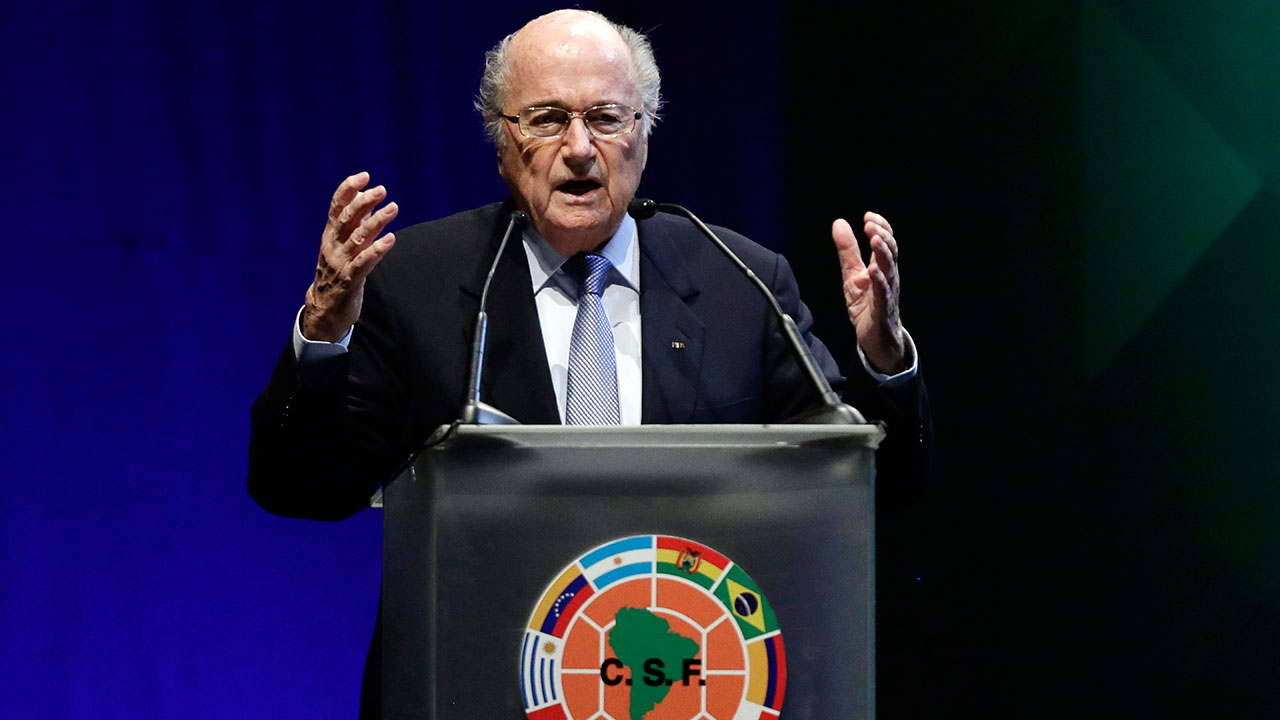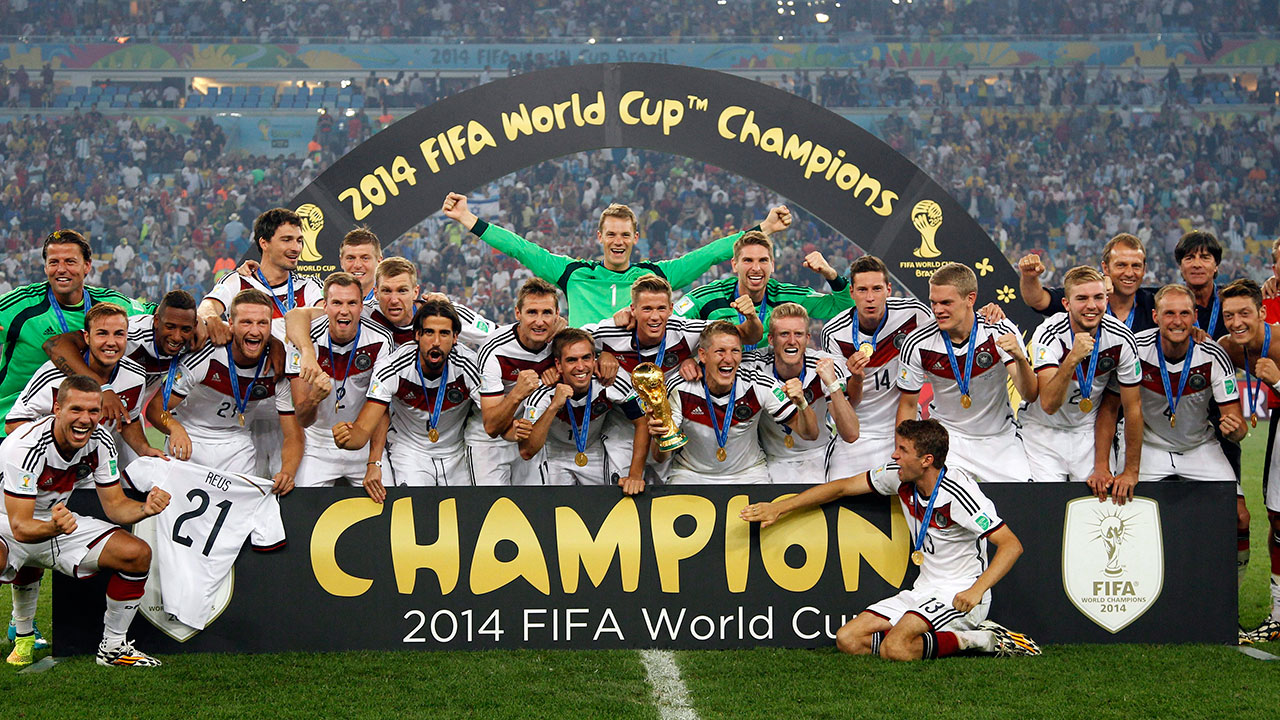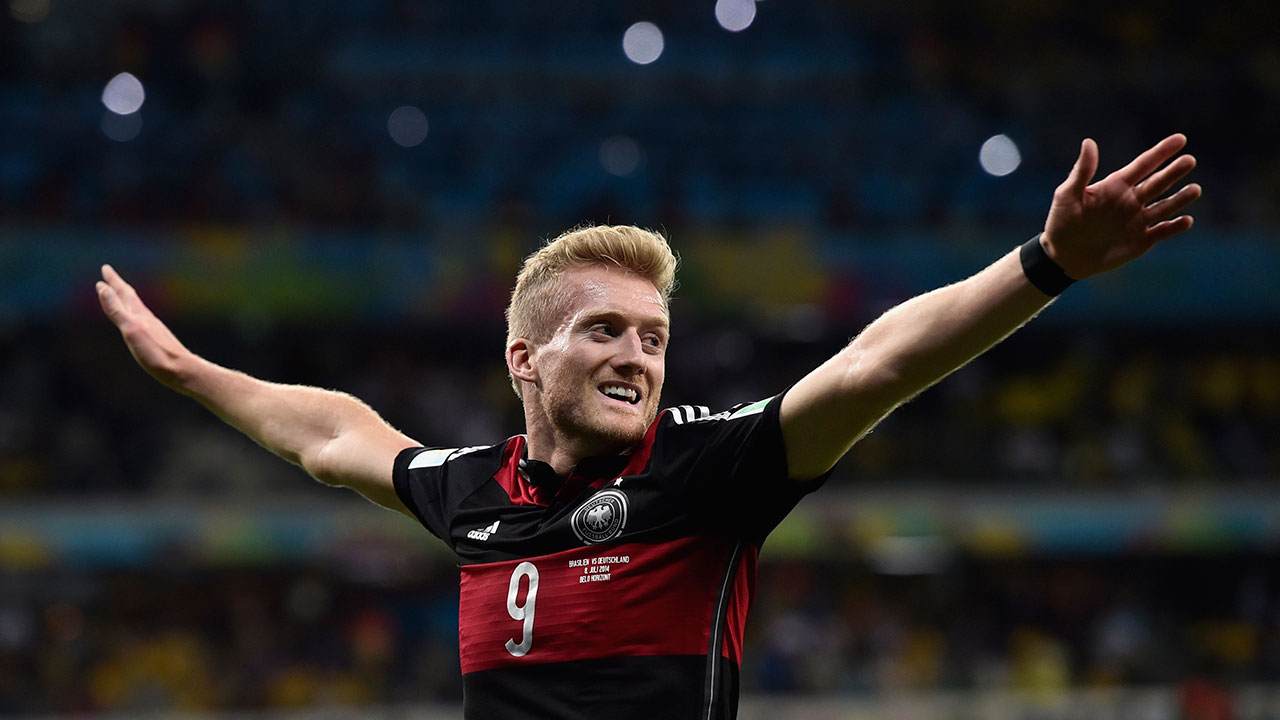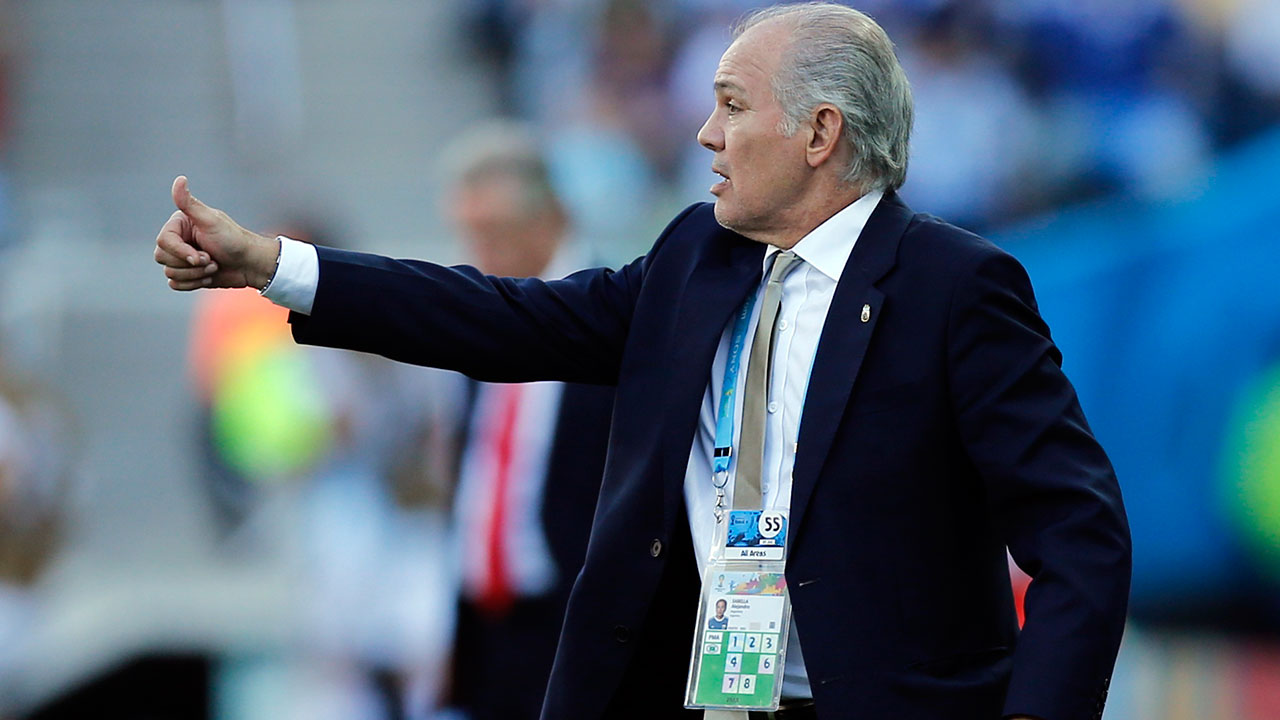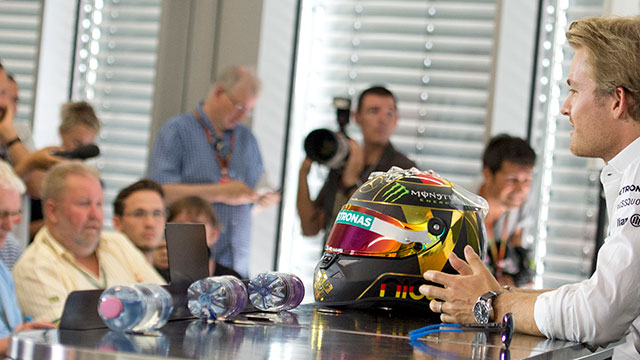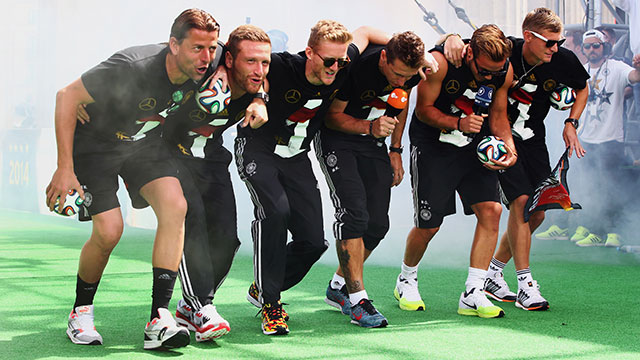You have to respect the Socceroos, if only for this one fact. In 2006 they left the Oceania Football Confederation and moved to the Asian Football Confederation. Oceania is weak—really, very weak—and an up-and-coming team like Australia can only get so good playing a series of matches against New Caledonia and Tonga. So rather than take the easy road, remain the big fish in a small pond of minnows, the Aussies moved to the more dangerous waters of Asian soccer. And things have gone swimmingly—three World Cups in a row, including a memorable Round of 16 performance in 2006.
Roster
Goalkeepers: Mat Ryan (Club Brugge), Mitch Langerak (Borussia Dortmund), Eugene Galekovic (Adelaide United), Mark Birighitti (Newcastle Jets)
Defenders: Ivan Franjic (Brisbane Roar), Matthew Spiranovic (Western Sydney Wanderers), Bailey Wright (Preston North End), Jason Davidson (Heracles Almelo), Luke Wilkshire (Dynamo Moscow), Alex Wilkinson (Jeonbuk Motors), Ryan McGowan (Shandong Luneng)
Midfielders: Mile Jedinak (Crystal Palace), Mark Milligan (Melbourne Victory), James Holland (Austria Vienna), Massimo Luongo (Swindon Town), Oliver Bozanic (Luzern), Matt McKay (Brisbane Roar), Mark Bresciano (Al Gharafa)
Forwards: Tim Cahill (New York Red Bulls), Josh Kennedy (Nagoya Grampus), Tom Rogic (Melbourne Victory), Dario Vidosic (Sion), Tommy Oar (FC Utrecht), James Troisi (Melbourne Victory), Ben Halloran (Fortuna Dusseldorf), Adam Taggart (Newcastle Jets), Matthew Leckie (FSV Frankfurt)
Coach
Ange Postecoglou took over from Holger Osieck in October—a mere eight months ahead of the World Cup. The high-octane pressing game that the Brisbane Roar played under his stewardship won him plaudits in the A-League. Can he transfer it to the international arena?
Possible formation
4-3-3: (GK) Ryan – (D) Franjic, McGowan, Spiranovic, Jason Davidson – (M) Milligan, Jedinak, Bresciano – (F) Oar, Leckie, Cahill
Group B schedule
June 13: vs. Chile in Cuiaba
June 18: vs. The Netherlands in Porto Alegre
June 23: vs. Spain in Curitiba
How they qualified
The Australians made their qualification much harder than anyone would have expected, with the final round especially troubling them. After three games the Australians found themselves in deep water, having drawn with Oman and Japan, and suffered a shocking loss to Jordan. Things improved from there, but barely, and Australia staggered across the line on the strength of an 83-minute winner in Sydney against Iraq on the last match day.
Team strengths
Youth. Postecoglou has cast aside stalwarts Harry Kewell, Brett Emerton, Mark Schwarzer and Brett Holman—players that seemed un-droppable in the past decade or so. He’s injected youth into a squad badly in need of younger legs. The new Australia won’t sit back hoping to nick a 1-0 result and it’s a welcome change.
Team weaknesses
Youth. It’s a funny old game when your strength becomes your weakness but that’s what you get with young players. Yes, Australia will be brave and attempt to play the ball around the pitch. Yes, that could lead to turning the ball over in the wrong areas and being punished for inexperience. Live by the sword; die by the sword.
Players to watch
Tim Cahill: The New York Red Bulls’ striker is the talisman of a young group and will be expected, as always, to put away the few chances that come his way. Does the veteran have one more big tournament in him?
Mile Jedinak: He had a fantastic season for Crystal Palace but injured his groin in the penultimate game. Up until then he had played every single minute for Palace. A favourite of the coach, his discipline in a holding role will be crucial against Spain, Chile and Netherlands.
Tomas Rogic: If anybody embodies the new Australia, it’s Rogic. The fearless playmaker has a keen eye for the spectacular.
Burning question?
Will tactics condemn Australia to failure? Australia find themselves in arguably the toughest group of the tournament and won’t be favourites in any of their matches. They plan on going for it, however, and while that’s admirable, it could lead to some heavy defeats. While a pragmatic, damage-limiting approach might save face; it won’t do the youngsters any favours. Let ‘em play, coach.
Prospects in Brazil
Australia’s prospects are dire. In fact, it will be a surprise if they manage to grab a point in their three matches. And that’s just fine, because this tournament isn’t about getting the most points they can. It’s about setting themselves up for future success.
World Cup history
This will be Australia’s fourth time at the World Cup. They first qualified in 1974 and went out in the group stage. The national team encountered a barren run between until 2006 when Tim Cahill led them to the Round of 16. 2010 saw another group stage exit for the Socceroos.
• 1930 to 1962 – Did not participate
• 1966 to 1970 – Did not qualify
• 1974 – First round
• 1978 to 2002 – Did not qualify
• 2006 – Second round
• 2010 – First round
TEAM PROFILES:
Algeria || Argentina || Australia || Belgium || Bosnia and Herzegovina || Brazil || Cameroon || Chile || Colombia || Costa Rica || Croatia || Ecuador || England || France || Germany || Ghana || Greece || Holland || Honduras || Iran || Italy || Ivory Coast || Japan || Mexico || Nigeria || Portugal || Russia || South Korea || Spain || Switzerland || Uruguay || United States



